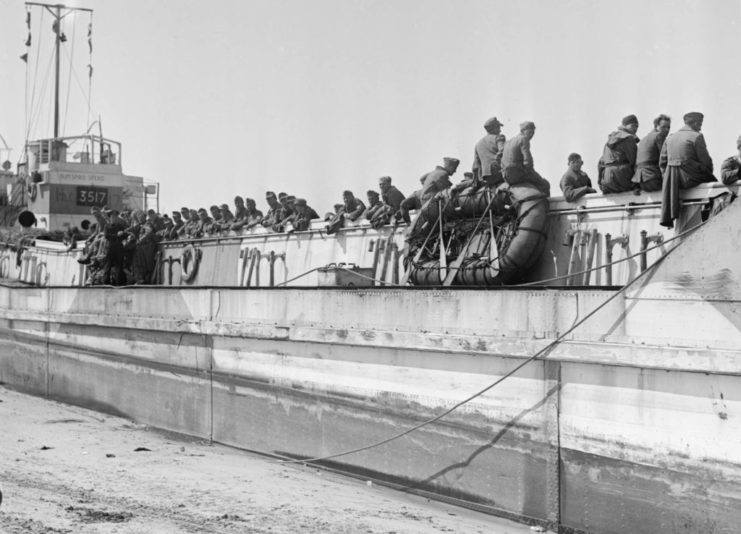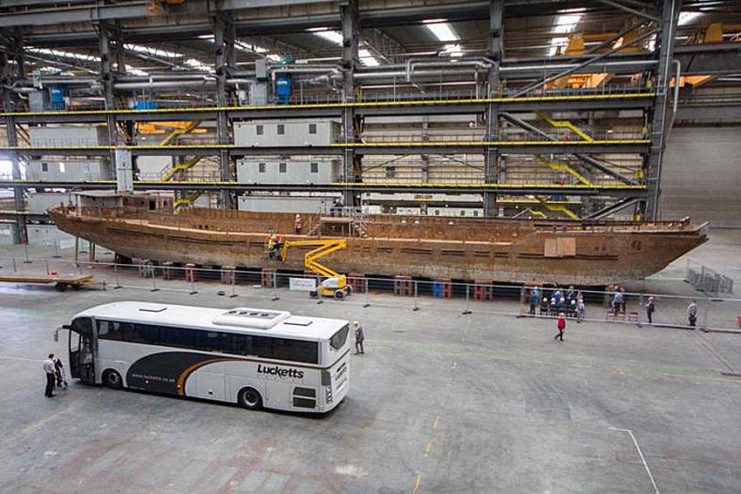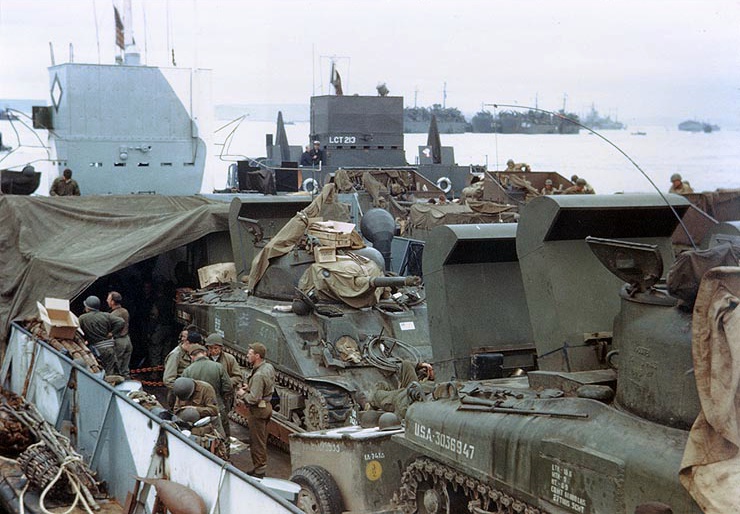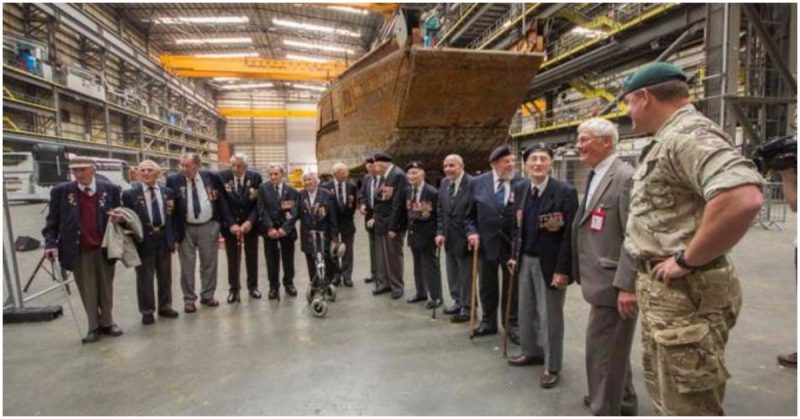The D-Day Museum in Portsmouth, on the south coast of England, was awarded a $6m grant from the Heritage Lottery Fund. The money is the main funding in a $6.3m project, called Transforming the D-Day Museum. The museum is undergoing this transformation to renovate the facilities and restore a D-Day landing craft.
The landing craft, to be more specific, is the last known existing from the D-Day invasion, LCT 7074. It was decommissioned in 1948 and then used as a floating nightclub called Landfall before it was acquired by the Warships Preservation Trust which attempted to restore the vessel. The Trust was liquidated in 2006, and the ship was allowed to fall into disrepair and sunk at the Birkenhead Docks due to a lack of upkeep.

The museum intends to restore the vessel in time to display it for the 75th anniversary of the D-Day invasion in 2019.
There were more than 800 of the specialized boats used in the landings during D-Day. By the end of the 1960s, only LCT 7074 was left, according to Nick Hewitt who works for the National Museum of the Royal Navy (NMRN).
Also according to Hewitt, the vessel was kept afloat to use as a notorious nightclub on Merseyside. The tank deck of the boat was used for the dance floor.
A docks company obtained the ship from the nightclub and allowed it to deteriorate. It sank in 2010. Four years later, the NMRN salvaged it.

It took two days for the vessel to be raised from the East Float Dock in Birkenhead. The operation was funded by a £916,149 grant from the National Memorial Heritage Fund.
According to Hewitt, although the documentaries will focus on the troops, the amazing part of D-Day is the sea operations that allowed those troops to establish a beachhead on the heavily fortified and defended beaches of Normandy. It was the landing craft like LCT 7074 that enabled the Allies to get tank support onto the beaches quickly enough to support the troops.

British LCTs (Landing Craft, Tanks) were bigger than the American versions. They were 192 feet long and 31 feet wide. They had a 3 foot, 10-inch draft. The crew of the 640-ton vessels consisted of two officers and ten men. One LCT could carry five Churchill or eleven Sherman tanks. They had flat bottoms to allow them to get close to the shore, but those same bottoms made the ships difficult to control in strong winds or strong currents.
LCT 7074 hit the Gold beach around midnight on June 7, 1944, landing 10 tanks and a group of soldiers at about 2 am. It then left for England with prisoners of war.
Currently, the boat is being stored at Portsmouth Naval Base. It will be restored there before being displayed at the museum.
The D-Day Museum is the only museum in Britain that is devoted only to covering the D-Day landings. The renovated museum will feature places to learn, hold events, and display information and artifacts from the landings. Galleries will tell the story of D-Day from inception and preparation to the Battle of Normandy. The museum is currently closed to the public while undergoing the renovation. It will reopen in the spring of 2018.
Included in the funding is money to hire a program manager and purchase extra resources to hold events commemorating the 75th anniversary of D-Day.
All told, the D-Day invasion utilized over 160,000 Allied troops, more than 5,000 Allied ships, and 13,000 Allied aircraft to invade a 50-mile stretch of beaches near Normandy, France. More than 9,000 Allied soldiers were killed or wounded, but their sacrifice gave the Allies a foothold in central Europe which led to the eventual victory over the Axis.
You will be able to see the LCT once restoration is complicated at Portsmouth’s D-Day Museum
